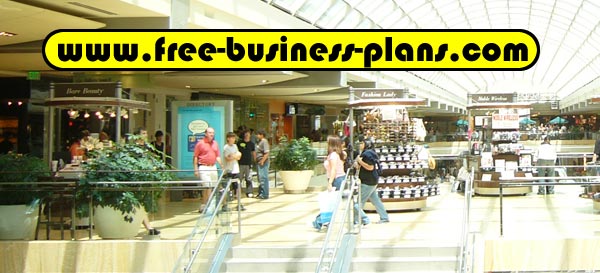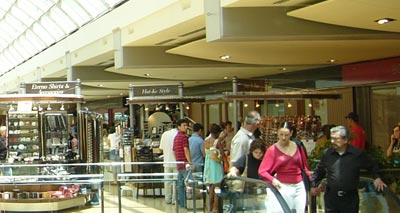 |
 |
|
|
Currency Exchange Executive Summary Example
<Company Name> Bureau De Change or currency exchange is founded by <John Smith> and <Jane Smith> a husband and wife team. They will fund the business from their own money – they will set up a limited company where they will take nominal salaries and each take a 50% share in the business. Dividends will be paid on a regular basis.
Although originally French, the term bureau de change is widely used throughout Europe, and European travelers can usually easily identify these facilities when in other European countries. It is also common to find a sign saying "Exchange" or "Change." Since the adoption of the euro, many exchange offices incorporate its logotype prominently on their signage.
The term bureau de change is not used in the United States. It is not in major American dictionaries and not even recognized by the search engines of major tourism websites. Instead, the terms used in the United States and in Canadian English are currency exchange and sometimes money exchange, sometimes with various additions such as foreign, desk, office, counter, service, etc., for example foreign currency exchange office.
A bureau de change is often located at a bank, at a travel agent, airport, main railway station or large stores— namely, anywhere there is likely to be a market for people needing to convert currency. So they are particularly prominent at travel hubs, although currency can be exchanged in many other ways both legally and illegally in other venues. Some of the major players include The Change Group, Travelex and HSBC.
A bureau de change makes profit and competes by manipulating two variables: the exchange rate they use to calculate transactions, and an explicit commission for their service.
The exchange rates charged at bureau are generally related to the spot prices available for large interbank transactions, and are adjusted to guarantee a profit. The rate at which a bureau will buy currency differs from that at which it will sell it; for every currency it trades both will be on display, generally in the shop window.
So the bureau sells at a lower rate from that at which it buys.
For example a UK bureau may sell €1.40 for £1 but buy €1.60 for £1.
So if the spot price on a particular day is €1.50 to £1, in theory £2 will buy €3, but in practice this would be hard if not impossible for average consumers to get.
If the bureau de change buys £1 from a consumer for €1.40 and then sells £1 for €1.60, the 20¢ difference makes a profit.
Although 20¢ isn’t a massive amount of money (profit) – if two people for example are changing £100 backwards and forwards from Euros then that would be a €20 profit – not bad for just counting out money!
The business may also charge a commission on the transaction. Commission is generally charged as a percentage of the amount to be exchanged, or a fixed fee, or both. Some bureaus advertise themselves as commission-free, which mathematically just means they further load their offered exchange rates. As an additional complexity some bureaus offer special deals for customers returning unspent foreign currency after a holiday. Bureau de change rarely buy or sell coins, but sometimes will at a higher profit margin, justifying this by the higher cost of storage and shipping compared with banknotes.
Barber Shop example summary | Bride club example summary | Tilapia Farm example summary | Bingo example summary | Airbrush Tattoos summary | Adult Day Care Summary
Related articles
- Mission statement examples
- Executive summary examples
- How to write an executive summary
- Marketing plan
- Writing your own mission statement
